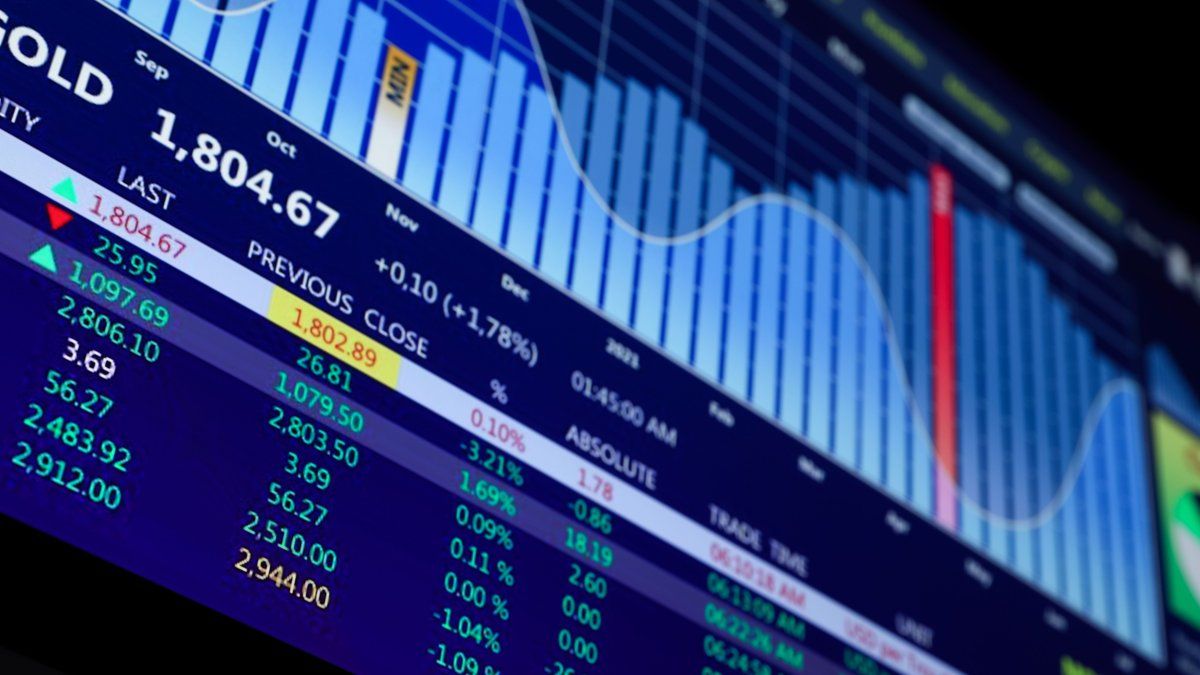In a context where the fixed-term rate remains below inflation, fixed-income instruments are appearing on the capital market that offer more than attractive returns for investors.
In a context in which the rate of fixed terms remains below inflation, fixed-income instruments appear on the capital market that offer more than attractive returns for investors. However, the Market appetite for sovereign debt It depends on many factors, such as the credibility of the Government’s economic plan, the Central Bank’s (BCRA) capacity to purchase foreign currency, external financing and certainty of payment. Below we will detail how local fixed income has fared so far this year and what the short-term outlook is, especially taking into account international volatility.
The content you want to access is exclusive for subscribers.
In what is ““hard dollar”the biggest increases (in dollars) so far this year are for the Bonar 2029 (+52.8%), the Bonar 2030 (+46.2%), the Global 2029 (+45.1%), the Global 2030 (+43.5%), the Bonar 2035 (+34.2%), and the Global 2046 (+33.2%).


For their part, the Bopreales (measured in pesos) rise up to 31%, led by the BPY26. Subsequently, the following in yields are BPOA7 (+28.4%), the BPOC7 (+27.1%), and the BPJ25 (+26.5%).
Regarding the debt in pesos, within the dollar linked (adjusted by the evolution of the official exchange rate)there are two that go up, the T2V4 (+17%), and the TZV25 (+19.9%), while the TZV26 falls (-8.1%) so far in 2024.
In turn, Lecapssince they started trading, have recorded good returns. The highest returns belong to: S31E5 (+40.9%), S28F5 (+25.4%), S14O4 (+22.7%), and S29N4 (+17.3%). Regarding debt CER (adjusted for inflation)the biggest increases are for the TX26 (+68.6%), the DIP0 (+65.7%), the TZX26 (+65.6%), and the DICP (+61.8%).
Bonds: what can we expect in the short term?
“Hard dollar sovereign debt appears to have held up against the adverse international context, progressing from lower to higher with positive WTD yields. If we compare emerging debt against HD sovereigns, Argentina showed greater resilience with the GD30 rising 3.2% so far this week against the EMB ETF falling 1.14%.“, they explained from IEBon how local dollar debt weathered external volatility.
For its part, Juan Pedro MazzaFixed Income Strategist at Cohenin a report after the Black Monday last week, recommended: “Global perspectives match our local vision: negative in the short term, positive in the long term. We recommend limit bond purchases only to investors willing to take high risks in the short term. Among the available options, we suggest a higher weighting of GD35 due to its lower parity.”
Regarding the strategy in pesos, he added: “The race between the different types of instruments in pesos looks very tight, so we maintain Our recommendation to diversify between dollar-linked, CER and fixed ratealthough with greater weighting in the first two curves. Recommendation: 25% FCI dollar-linked corporate (devaluation -5%) + 25% synthetic dollar-linked to 2025 (devaluation +0%) + 30% TZX25 (CER +12%) + 20% S28F5 (TEM 4.0%)”.
Source: Ambito
I am a 24-year-old writer and journalist who has been working in the news industry for the past two years. I write primarily about market news, so if you’re looking for insights into what’s going on in the stock market or economic indicators, you’ve come to the right place. I also dabble in writing articles on lifestyle trends and pop culture news.




